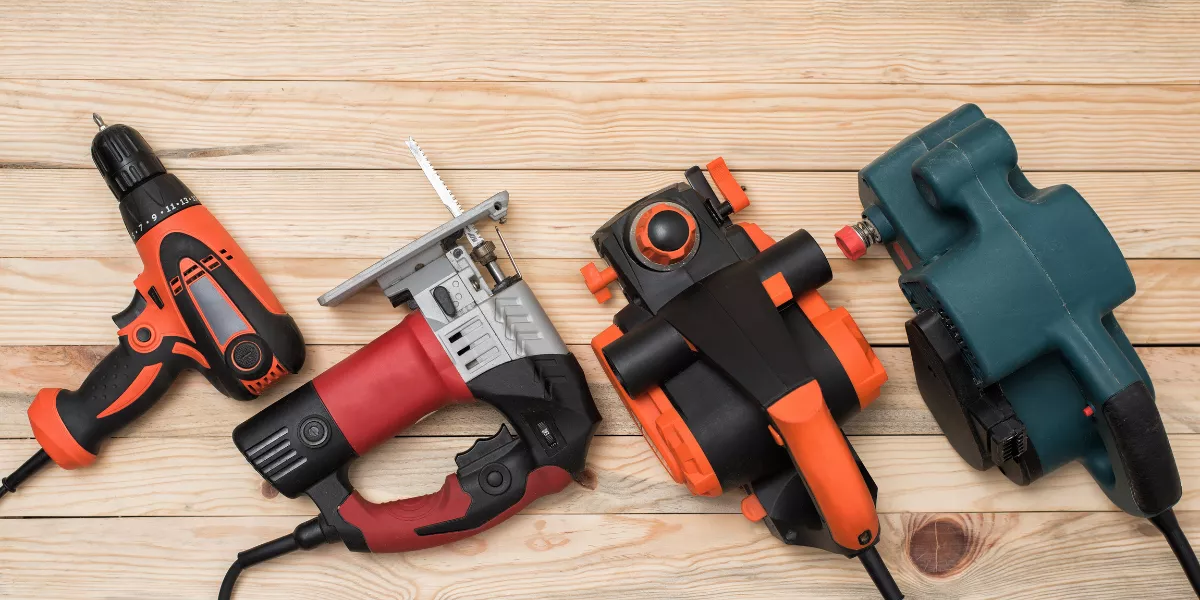
When it comes to maintaining and caring for your woodworking tools, attention to detail is crucial. From regular cleaning practices to ensuring proper storage and sharpening techniques, each step plays a vital role in extending the life and performance of your tools. But there's one aspect often overlooked that can make a significant difference in how your tools function and their longevity. It's a simple yet often neglected practice that can save you time, frustration, and money in the long run.
Importance of Tool Cleaning
To maintain the longevity and performance of your woodworking tools, regular cleaning is essential. Dust, debris, and residue can accumulate on your tools after use, affecting their efficiency and potentially causing damage over time. By incorporating a simple cleaning routine into your woodworking practices, you can ensure that your tools remain in optimal condition for years to come.
Start by wiping down your tools with a clean cloth after each use to remove any visible dirt or sawdust. For more thorough cleaning, consider using a brush to dislodge debris from crevices and moving parts. Additionally, applying a light coat of rust-preventative oil to metal surfaces can help protect them from corrosion.
Regularly inspect your tools for any signs of wear or damage, such as dull blades or loose handles. Addressing these issues promptly can prevent further deterioration and extend the lifespan of your equipment. Remember, a little maintenance goes a long way in preserving the quality and functionality of your woodworking tools.
Proper Storage Techniques
Properly storing your woodworking tools is crucial in maintaining their condition and prolonging their usability. To begin, always clean your tools before storage to prevent corrosion and damage. Store your tools in a dry environment to avoid rust formation. Consider hanging your tools on pegboards or installing shelves to keep them organized and easily accessible. For tools with sharp edges, use blade guards or protective cases to prevent accidents and maintain their sharpness. Additionally, storing your tools in a climate-controlled area can help prevent warping or cracking of wooden handles.
It's essential to avoid overcrowding your storage space to prevent tools from rubbing against each other and causing unnecessary wear and tear. Labeling storage containers or drawers can also help you quickly locate specific tools when needed. Lastly, periodically inspect your storage area for any signs of moisture or pest infestation that could potentially damage your woodworking tools. Proper storage techniques not only keep your tools in top condition but also contribute to a safer and more efficient woodworking environment.
Sharpening and Honing Tips
Ensure your woodworking tools are always sharp and ready for use by mastering essential sharpening and honing techniques. Properly sharpened tools not only make your work more efficient but also produce cleaner cuts. When sharpening chisels, planes, or knives, it's crucial to maintain a consistent angle throughout the process. Use a sharpening stone or honing guide to help achieve the desired angle, typically around 25-30 degrees for woodworking tools. Start with a coarse grit stone to remove any dull edges, then progress to a finer grit stone for a polished finish.
Regular honing between sharpening sessions helps maintain the sharpness of your tools. A leather strop or honing compound can be used to refine the edge and remove any burrs that may have formed during use. Remember to hone at a slightly lower angle than when sharpening to avoid rounding the edge. By incorporating sharpening and honing into your tool maintenance routine, you'll ensure your woodworking tools are always in top condition for your projects.
Rust Prevention Methods
Maintain the longevity of your woodworking tools by implementing effective methods to prevent rust. Rust can quickly deteriorate your tools if left unchecked. To safeguard against this, start by keeping your tools dry. Moisture is a major catalyst for rust formation, so ensure your tools are thoroughly dried after use.
Applying a light coat of oil on metal surfaces can also create a protective barrier against moisture. Be diligent about cleaning your tools after each use. Remove any debris or sawdust that could trap moisture and promote rust.
Consider storing your tools in a climate-controlled environment to prevent extreme temperature changes that can lead to condensation. Using silica gel packets or dehumidifiers in your tool storage area can help absorb excess moisture.




